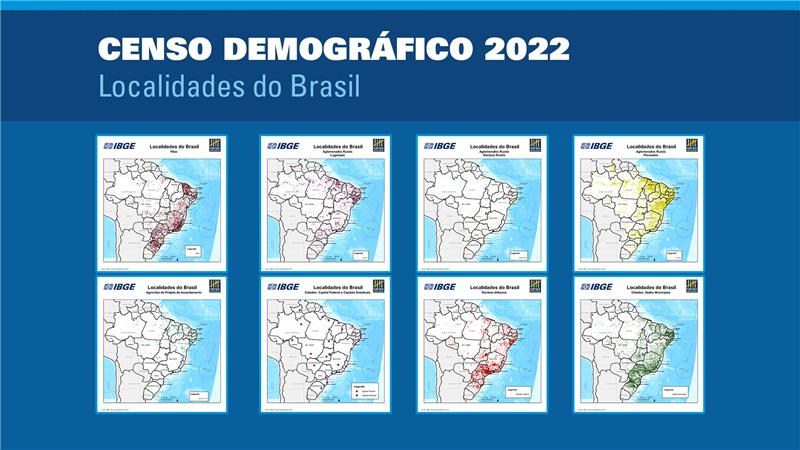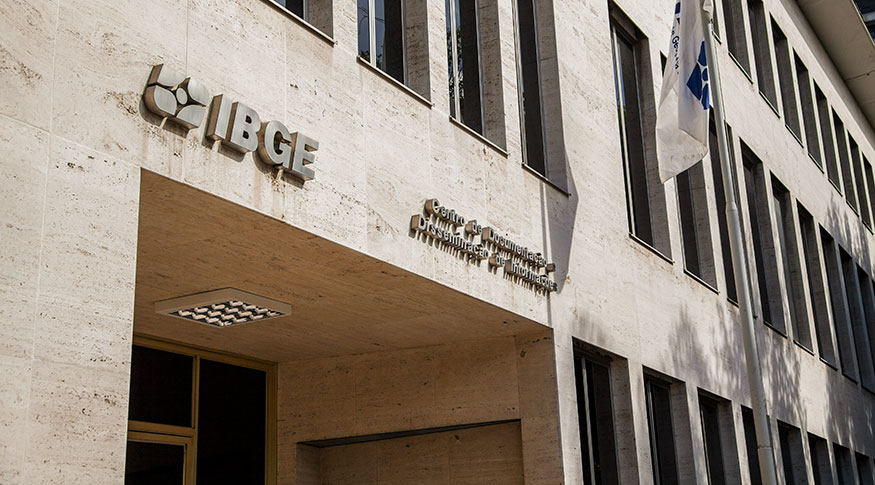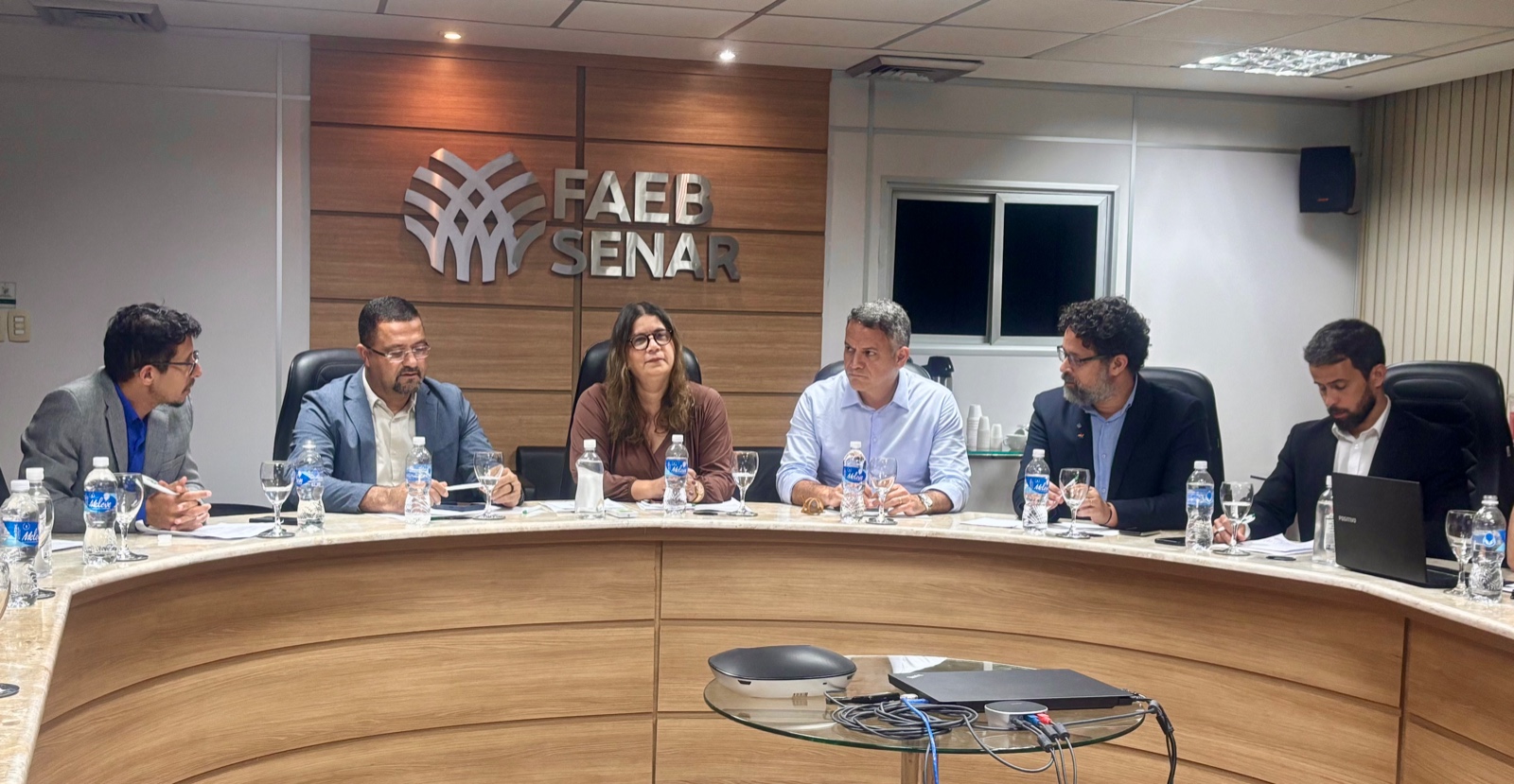Services
IBGE launches ProGriD Online, an application designed to transform coordinates in official reference systems
November 29, 2022 10h00 AM | Last Updated: December 02, 2022 04h14 AM
Highlights
- A new online version transfers coordinates between classic reference systems previously adopted in Brazil - Córrego Alegre and SAD 69 –, and SIRGAS2000, the system currently used and in effect since 2005.
- Available on the IBGE website, ProGrid Online guarantees significant improvement in transformation, in comparison with the previous desktop version.
- With this new online application, the average response time is of approximately one minute for files with 100 thousand points.
- The release of ProGriD’s API is also expected for this year, thus facilitating the promotion of coordinate transformation in its applications
- The application is used by professionals that work with geographic information systems and cartographic bases that still have reference information in the former systems.

The IBGE has released today (29) ProGriD Online, an application for the transformation of coordinates between previous classic reference systems, mainly those adopted in Brazil – such as Córrego Alegre and SAD 69 –, and SIRGAS2000, the currently used reference system, adopted since 2005 all over the national territory. ProGriD Online replaces the desktop version, which has not been updated for new versions of the Windows environment.
The online application also supports different formats of coordinates. The new tool will be available only on the IBGE websiteand provides users with a significant improvement of the service by means of the online calculation, in comparison with the desktop version.
Advantages of the online application
The desktop version of ProGriD was made available to users in 2009, however, due to the several updates of the Windows platform, some problems started to occur in the transformation by means of grids – one of the transformation methods. Also, the transformation of a big number of points takes a long time.
With the new web application, the average response time is of approximately one minute for files with up to 100 thousand points. This way, a big volume of information can be subject with expected response in a few minutes, depending on the user’s Internet connection. Another advantage of the online version is the simpler maintenance by the IBGE, in comparison with a desktop application, and the possibility of being executed from different platforms and operational systems, not being restricted to Windows.
Also expected for this year is the release of API (Application Program Interface) of ProGriD. That will make it easier for developers to transform coordinates between systems in a transparente way for users and their applications.
Why has the new Reference System been adopted?
The IBGE Geodetics and Cartography coordinator, Sonia Maria Alves Costa, explains that it is possible to represent any type of information on the Earth surface on a map, by means of a mathematical system of coordinates, in a bidimensional way (latitude and longitude) or 3-dimensional (latitude, longitude and altitude). However, to be shared on several databases, these pieces of information need to be related to one same reference system.
Up to the beginning of the 1990’s, the process of obtention of coordinates was concentrated in professionals such as topographers and engineer surveyors or cartographers. They took measurements using optical equipment and procedures and extensive calculation to obtain a pair of coordinates a point on the surface of a solid, the ellipsoid, a mathematical representation closer to the Earth’s surface.
“These activities would last months, from the taking of measurements up to the conclusion of calculation. Also, each country adopted its own reference system, making complex the sharing of geographic information in frontier regions. With the bigger use of Global Navigation Satellite Systems, GNSS, there was a revolution in georeferencing activities, allowing every person with a to obtain coordinates in the same reference system anywhere on the planet,” says the coordinator.
Systems such as GPS, GLONASS, Galileo and Beidou democratized the obtention of coordinates
GPS (Global Positioning System, the North American System) is the most popular and know GNSS, but there are others such as GLONASS (Russian), Galileo (European) and BeiDou (Chinese). This technology is used together or separately, in the obtention of three-dimensional coordinates (latitude, longitude and ellipsoidal or geometric altitude).
The IBGE, in tune with technological evolution as the manager of the Brazilian Geodetic System (SGB), has adopted the SIRGAS2000 reference system in February 2005. The system was made official by means of Presidential Resolution – IBGE no. 1/2005, which alters the characterization of the Brazilian geodetic system.
“The challenge is to make compatible everything that has been produced, as maps and charts, in those reference systems before the GNSS era. In Brazil, that means a number of meters from one same point represented on the reference system SAD69 and SIRGAS2000 (compatible with GPS). Most of our cartography is referenced by these systems. The 1980’s and 1990’s were the period with biggest cartographic production in the country. After that, there was a reduction of our resources for the update and production of cartography. The result is that a lot of the Brazilian collection is still based on these old references,” the coordinator highlights.
The resolution of 2005 also established a transition period of ten years– from 2005 to 2015 – for the adoption of a new geodetic reference in the country. Because the IBGE is responsible for providing these reference coordinates to any precision georeferencing activities in the country – such as infrastructure works – the Institute has the duty of releasing, in this period, coordinates both in the previous system SAD 69 and in the new SIRGAS2000.
"The tolerance period was long, ten years, but it was necessary so that everyone could get prepared technologically and could convert information into the new reference, which is compatible with GNSS, in which GPS is the most popular one."

















